Walking Down Memory Lane along "Showa Retro" Ome Kaido
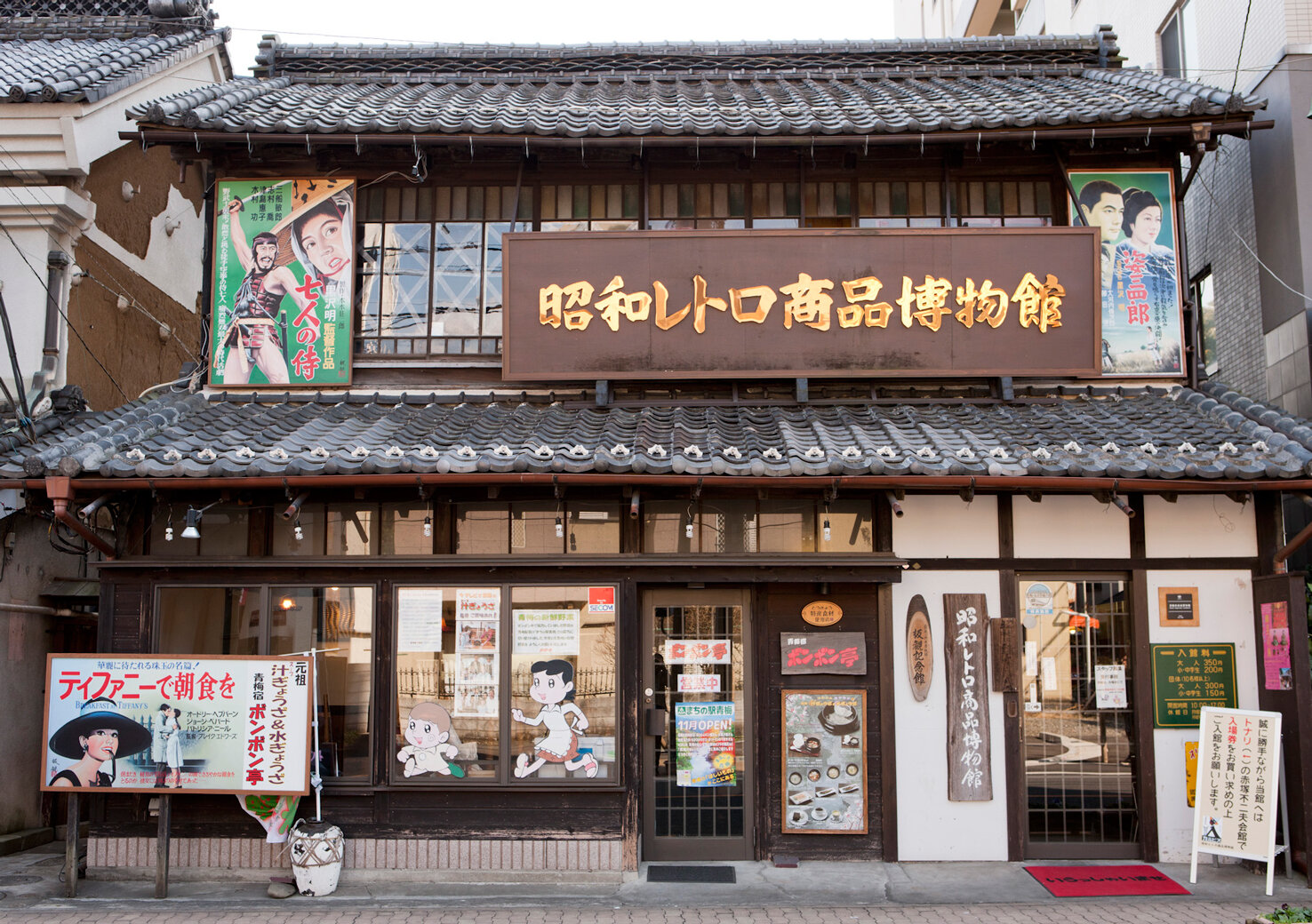
During the Edo Period (1603-1868), the town of Ome developed as a shukuba-machi (post-station town) on the Ome Kaido, an old highway connecting Shinjuku in Tokyo and Kofu, the capital of Yamanashi Prefecture. Merchant houses from the period that remain along the road still have much of their historical ambience. Among them is the Showa Retro Shohin Hakubutsukan, a museum that exhibits goods from the Showa Period (1926-1989). It was a vacant furniture store before it opened as a museum in 1999.
Retro items including candies, beverages, sundries, stationery, medicine, and toys fill the shelves of the museum as well as its centerpiece, a period-replica penny candy store.
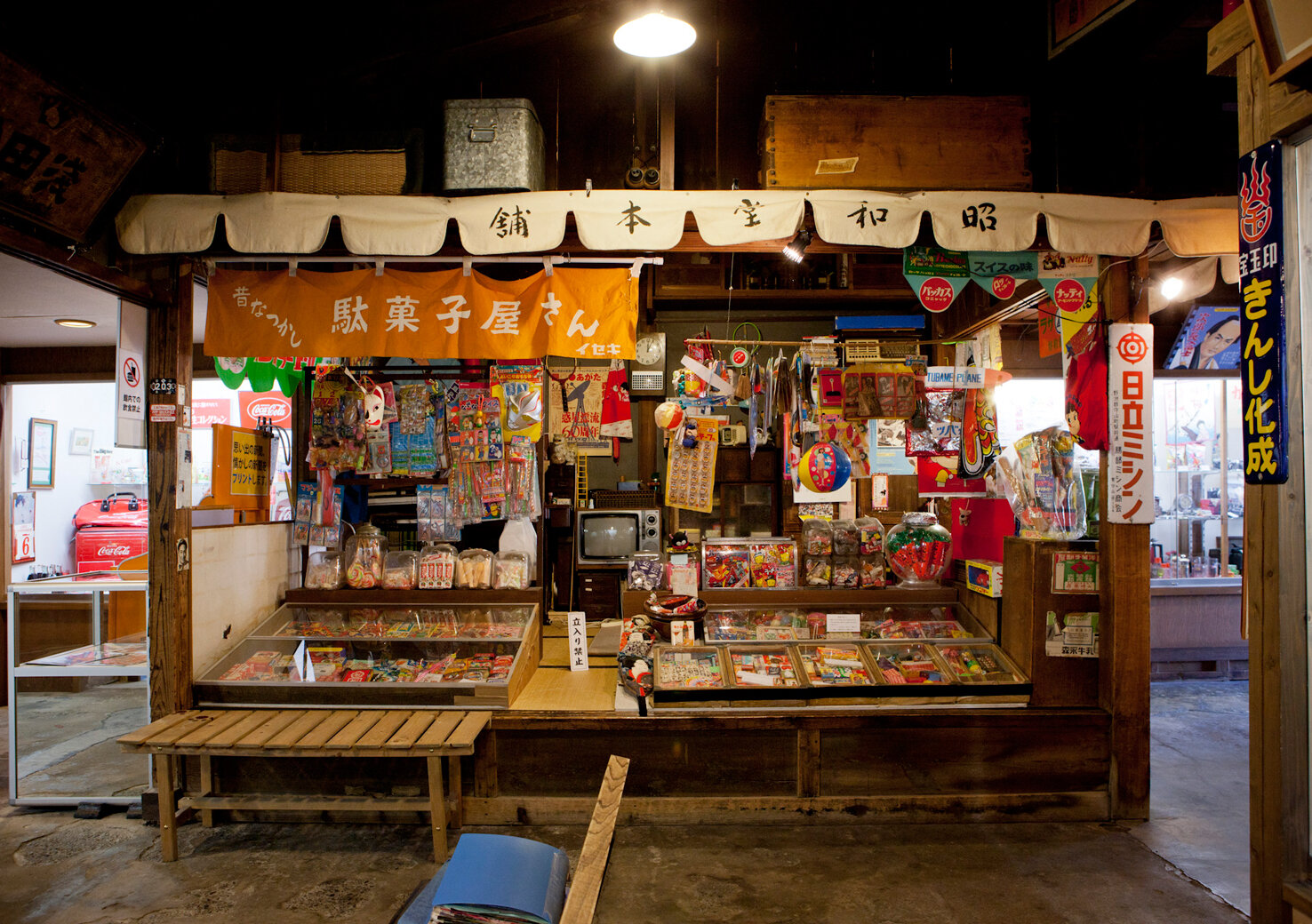
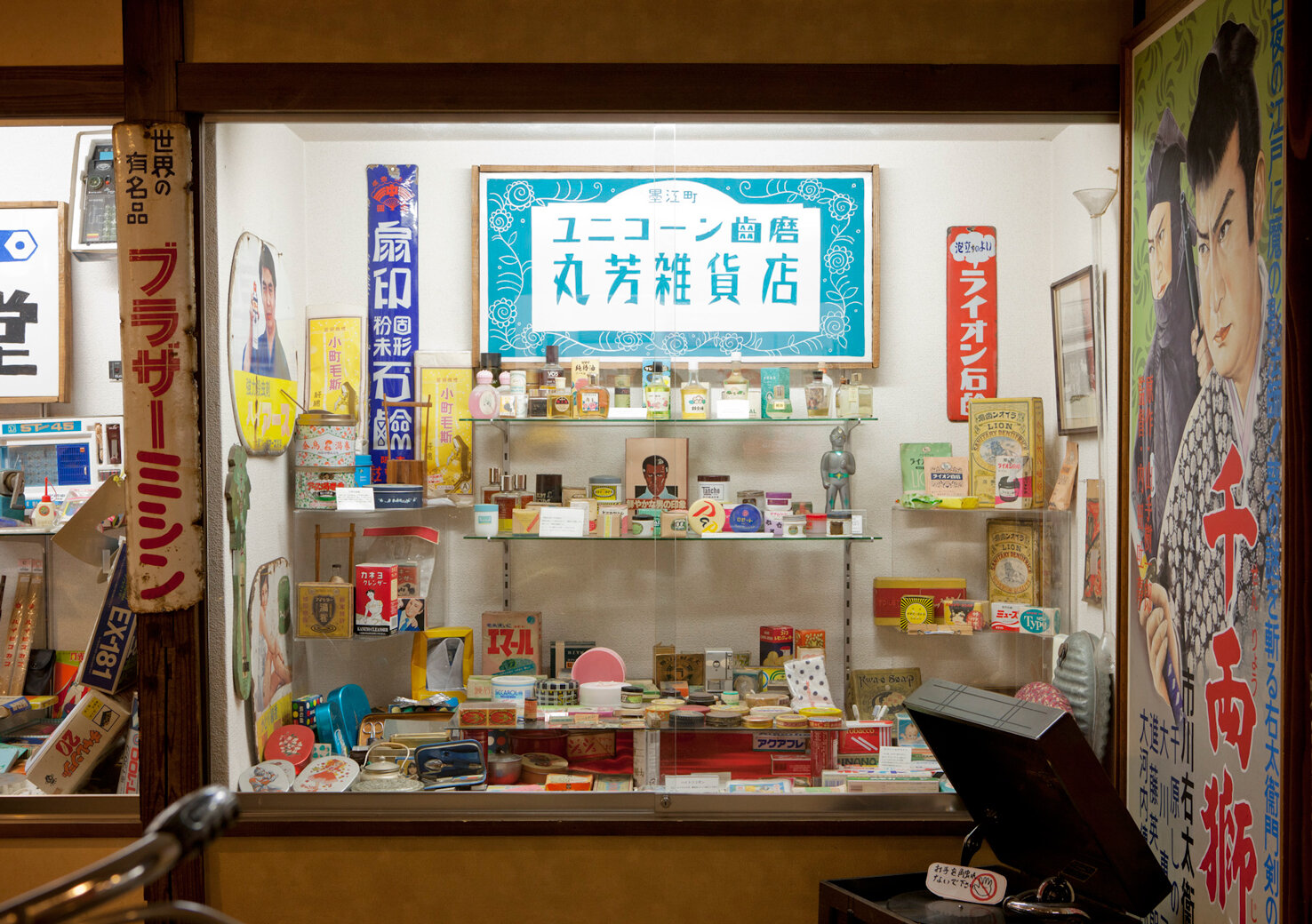
Most of the items showcased are from the collection of Tsutomu Kushima, a researcher of Showa Period B-list culture. Other items have been donated by citizens of Ome City. "Although a single old eraser is simply trash, ten different kinds of old erasers become a valuable resource," the museum's head curator, Hidetoshi Yokokawa, says with a smile. Due to Japan's recent decluttering movement however, the museum has been offered so many donations that it is now forced to decline them.
Next door is Ome Akatsuka Fujio Kaikan, a museum dedicated to comedy manga artist Fujio Akatsuka (1935-2008) whose famous works include Tensai Bakabon and Osomatsu-kun. The building was formerly a surgical hospital but was renovated into a museum. It was opened in 2003 with Mr Akatsuka's full support after the concept of making a shopping arcade to liven up the town resonated with him.
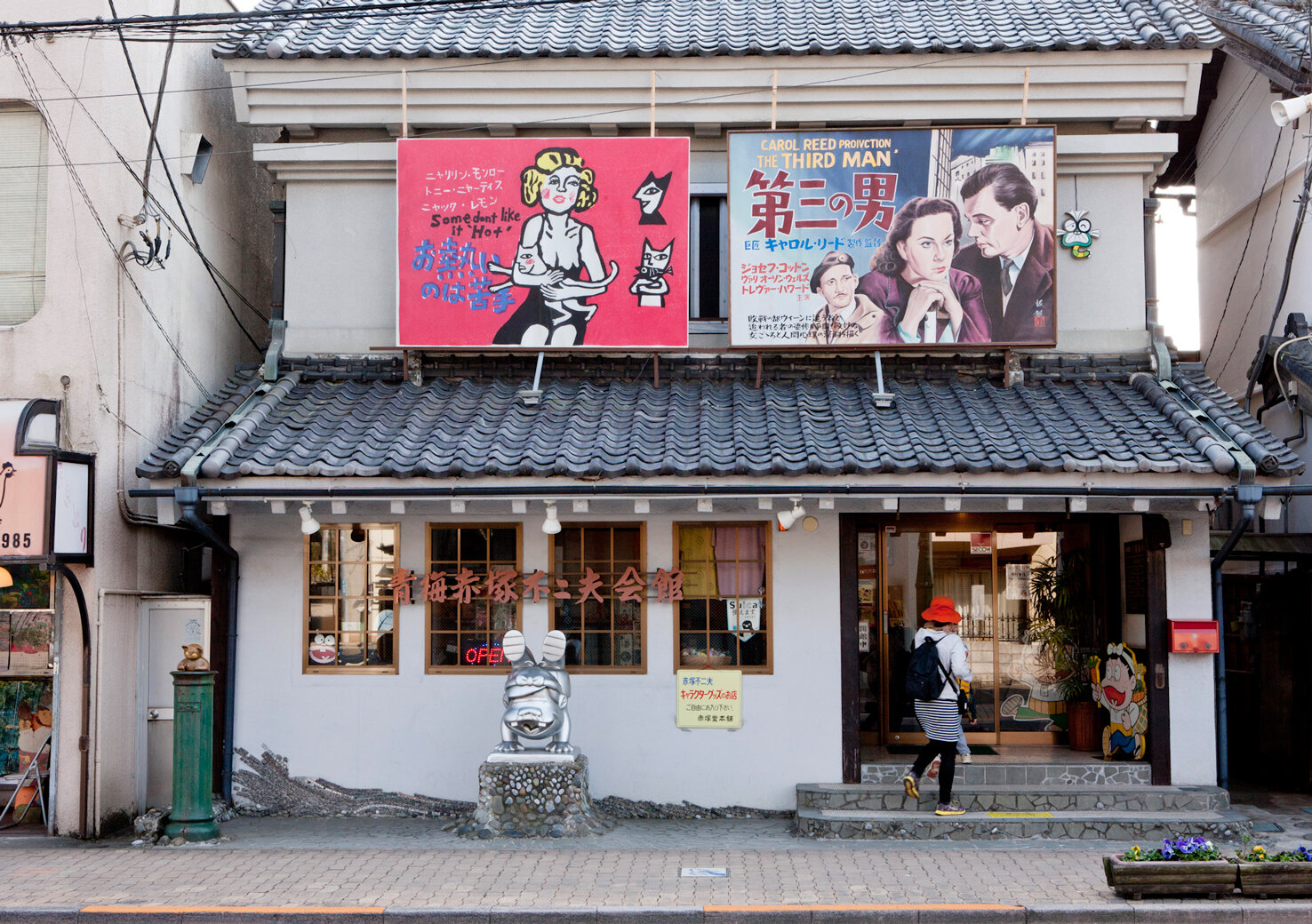
The exhibition room on the first floor is home to a number of nonsensical tricks. There is a mirror cut out in the trademark pose of Iyami, a character that appears in the manga series Osomatsu-kun. It will make you want to flex your arms and legs and shout out. On the wall, a peephole designed to stupefy the peeper shows a glimpse of a photo behind it. Also in the room is Bakada Shrine where the artist's beloved pet cat named Kikuchiyo is enshrined.
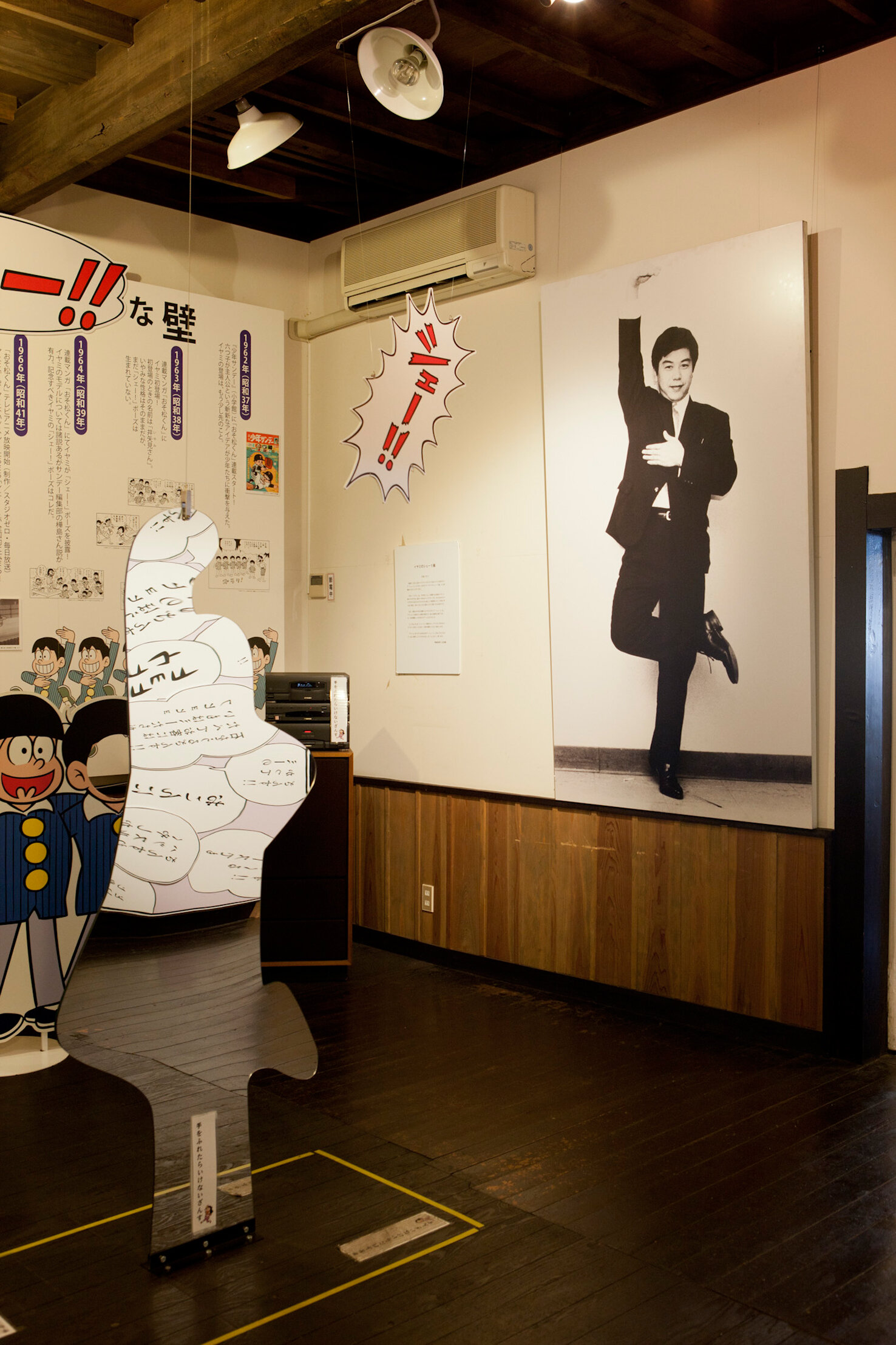
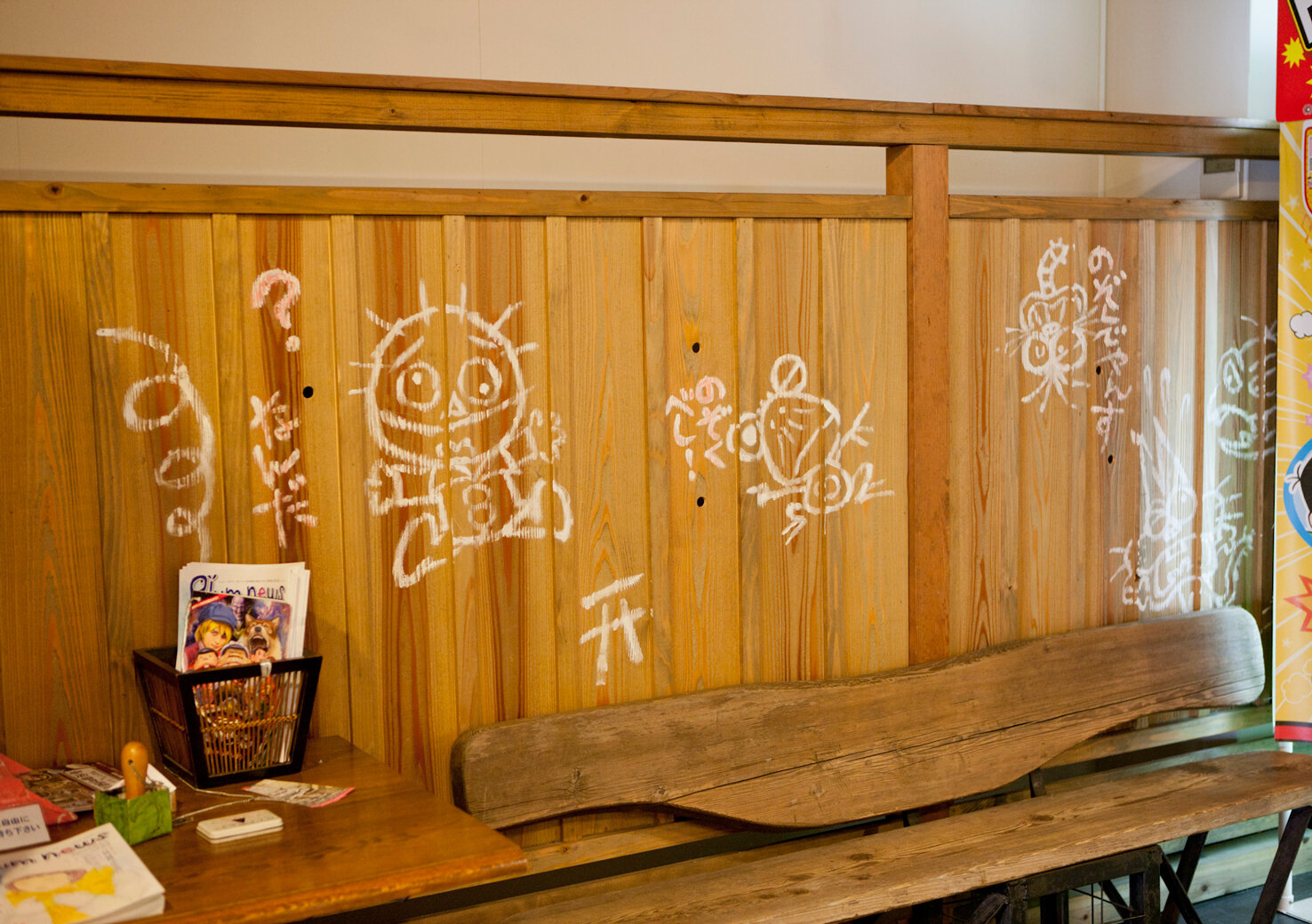
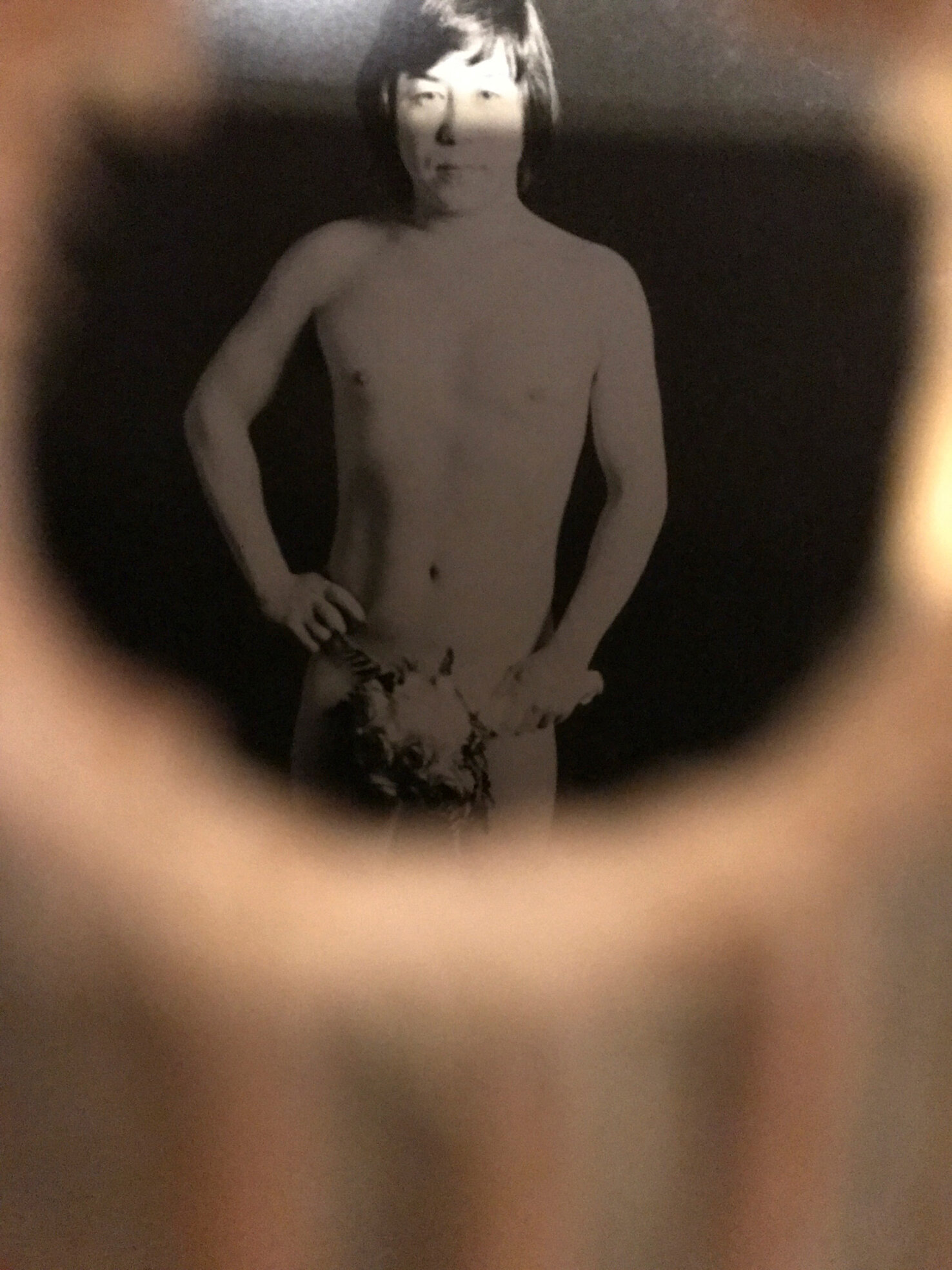
On the second floor is a replica of Tokiwaso, a legendary apartment building where Mr Akatsuka spent time with other famous manga artists including Osamu Tezuka (1928-1989) and Fujiko F. Fujio (1933-1996). Valuable original works are displayed here.
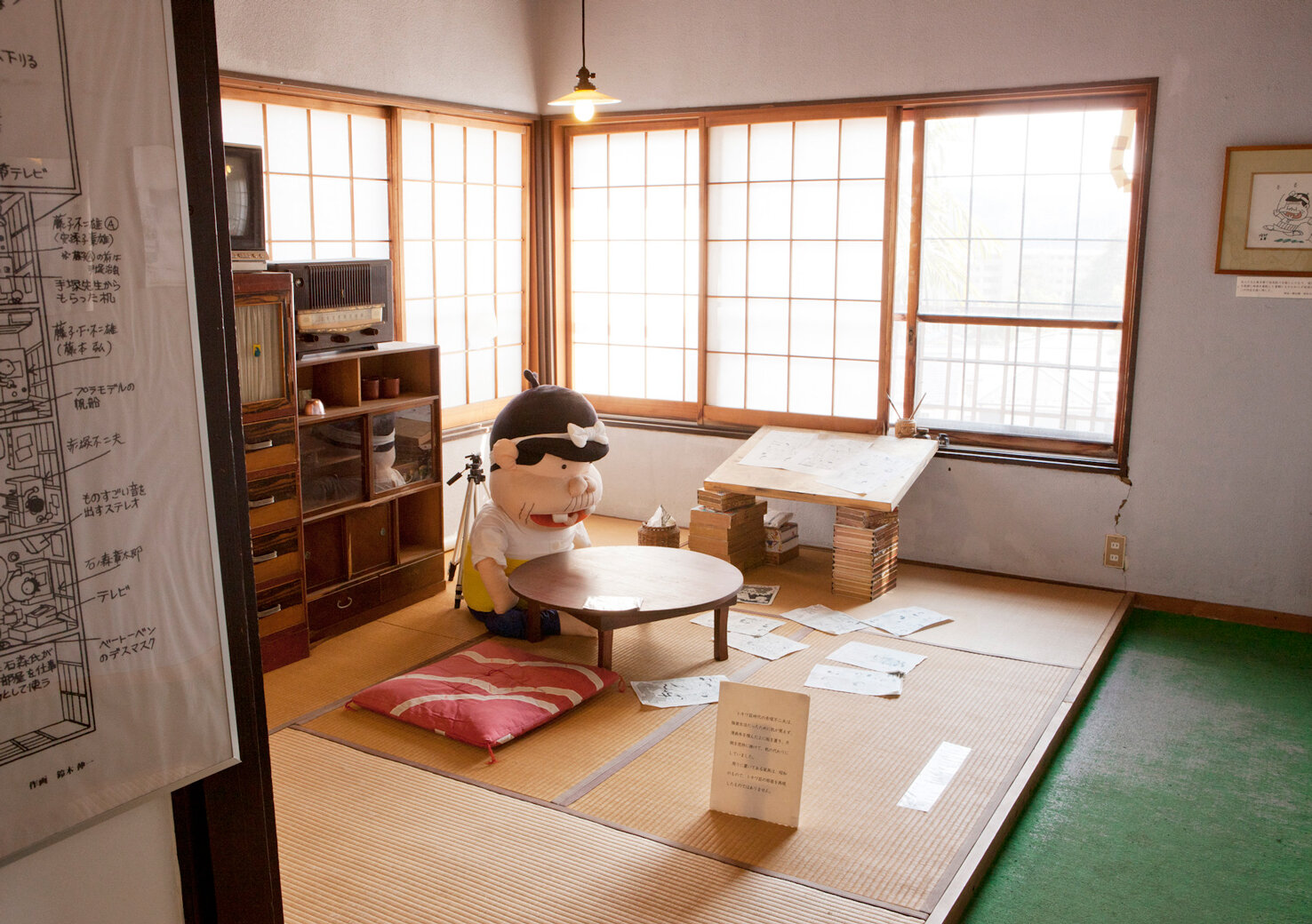
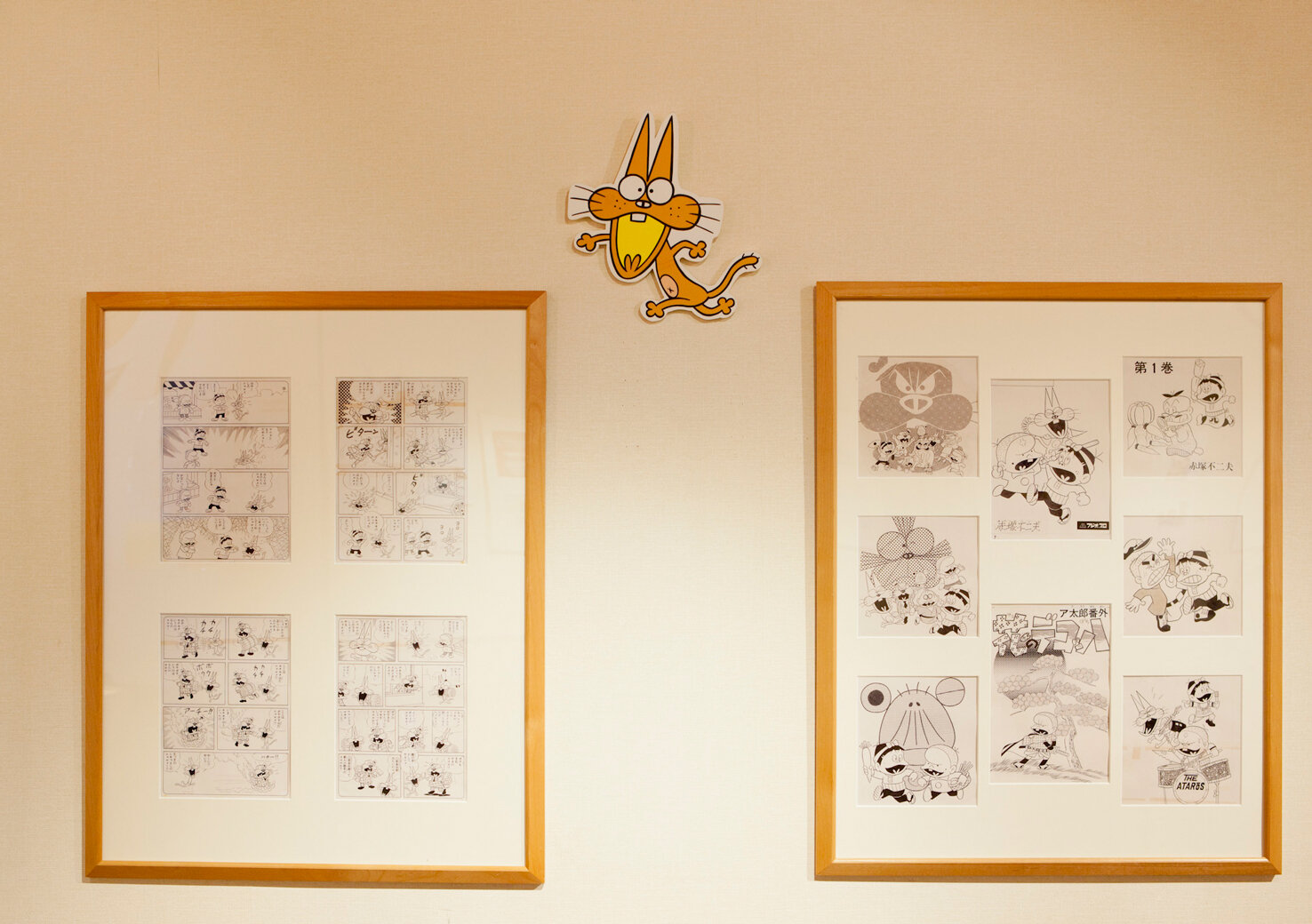
Along with the Showa Retro Shohin Hakubutsukan and the Ome Akatsuka Fujio Kaikan, the Showa Gentokan is one of three major tourist attractions in the nostalgic city of Ome. At the Gentokan, the city of the old days is reproduced in the form of illustrations and stuffed toys. Old-fashioned movie signboards that you might have seen in old Ome create a sentimental atmosphere. These signboards are the works of Bankan Kubo, an Ome native known as "the last signboard artist." Younger generations who are not familiar with the Showa Period might find even the powerful illustrations made from color washes to be novel.
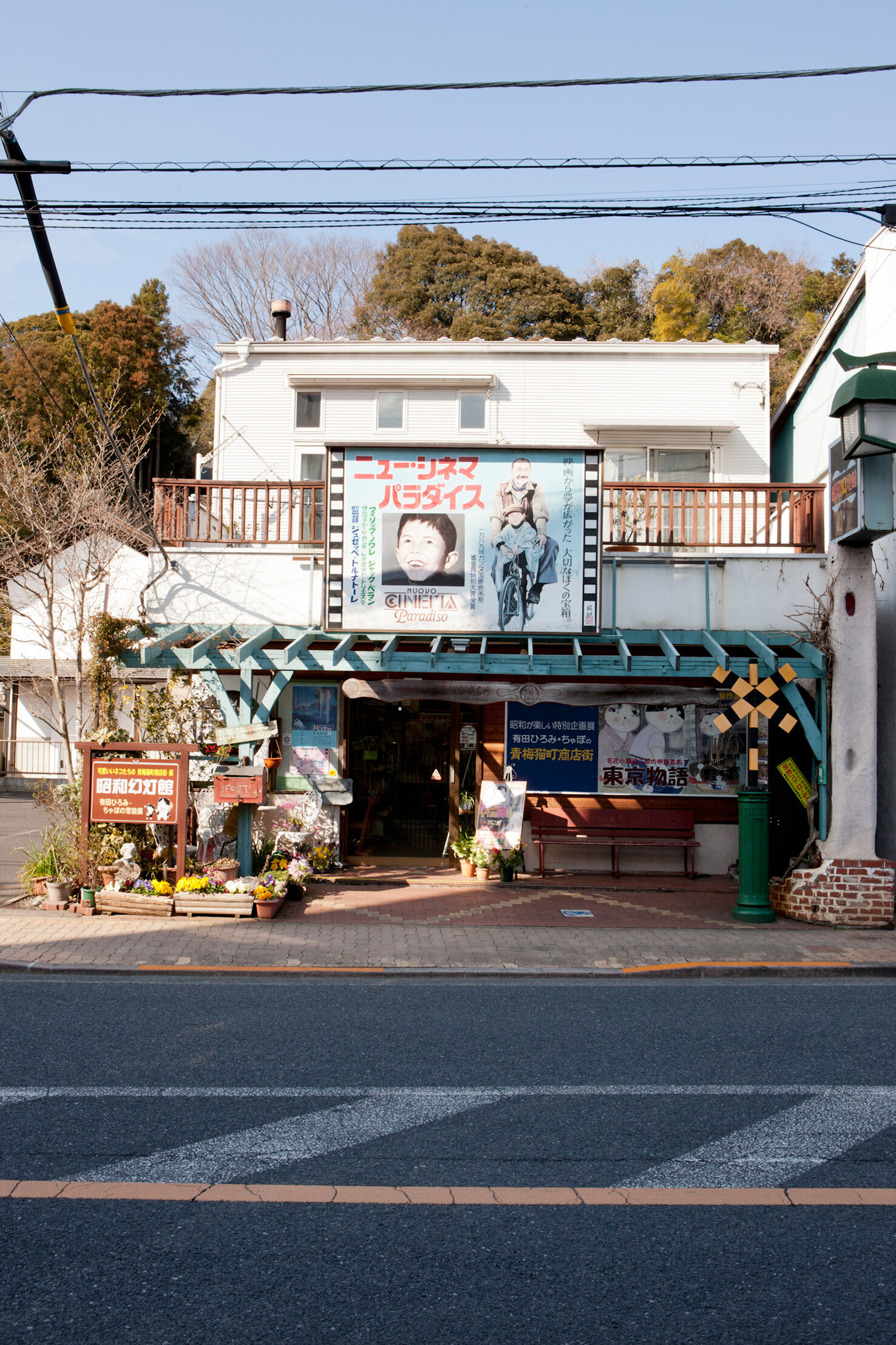
The nostalgic city of Ome, with its lively Showa atmosphere, is located in Tokyo. Why not come to experience the good old days and forget the hustle and bustle of the big city?
Showa Retro Shohin Hakubutsukan
65 Sumie-cho, Ome-shi
Open: 10:00-17:00
Closed: Mondays (Closed on Tuesday when Monday is a holiday) and New Year holidays
Entrance fee: adult ¥350, child ¥200
Official website: http://ome-akatsukafujio-museum.com/retoro/index.html
Ome Akatsuka Fujio Kaikan
66 Sumie-cho, Ome-shi
Open: 10:00-17:00
Closed: Mondays (Closed on Tuesday when Monday is a holiday) and New Year holidays
Entrance fee: adult ¥450 (¥350 for groups), child ¥250 (¥200 for groups)
Official website: http://ome-akatsukafujio-museum.com
Showa Gentokan
9 Sumie-cho, Ome-shi
Open: 10:00-17:00
Closed: Mondays (Closed on Tuesday when Monday is a holiday) and New Year holidays
Entrance fee: adult ¥250 (¥200 for groups), child ¥150 (¥100 for groups)
Official website: http://ome-nekomachi.com
"Showa wo meguru sankan meguri ken" is a pass for visiting the Showa Retro Shohin Hakubutsukan, the Ome Akatsuka Fujio Kaikan, and the Showa Gentokan.
Pass fee: adult ¥800 (¥750 for groups of more than 10), child ¥450 (¥400 for groups of more than 10)
*This article was posted on the Life in Tokyo website operated by the Tokyo International Communication Committee on May 15, 2017.
